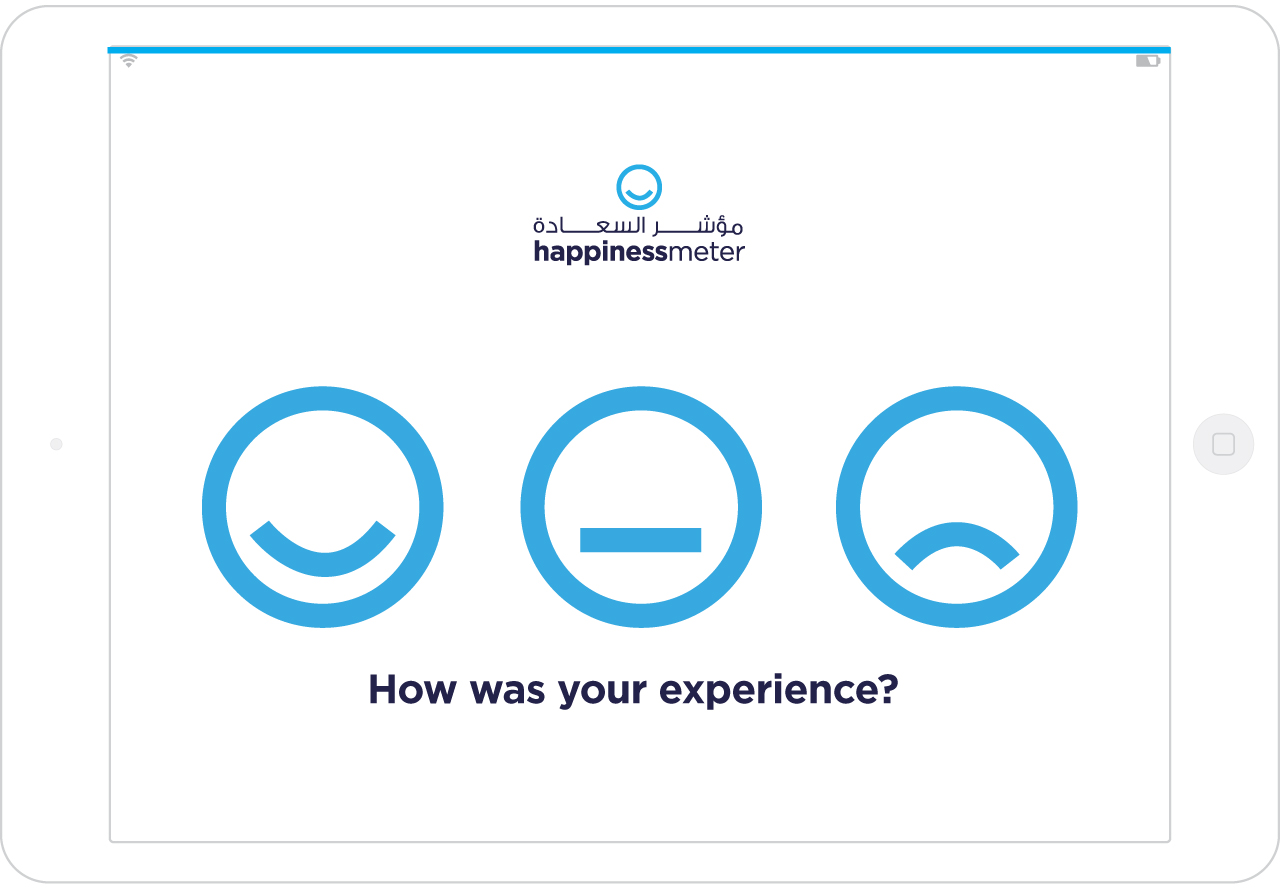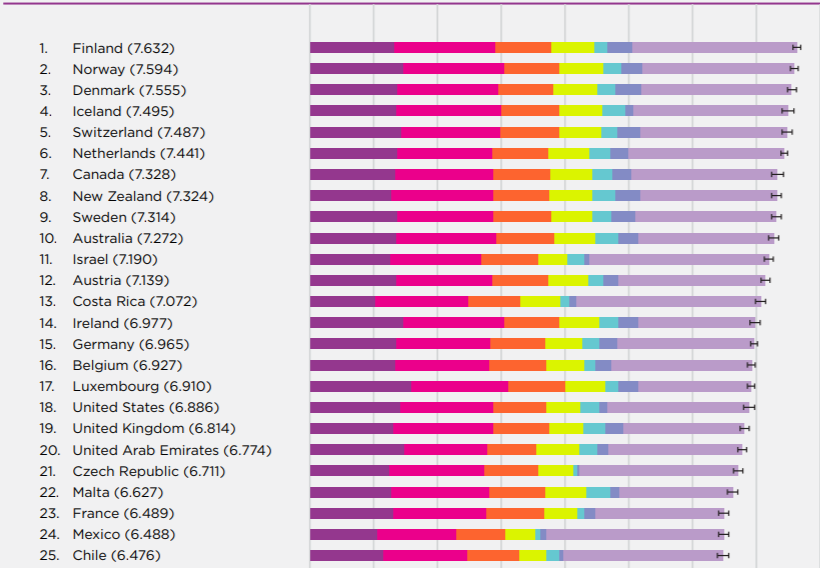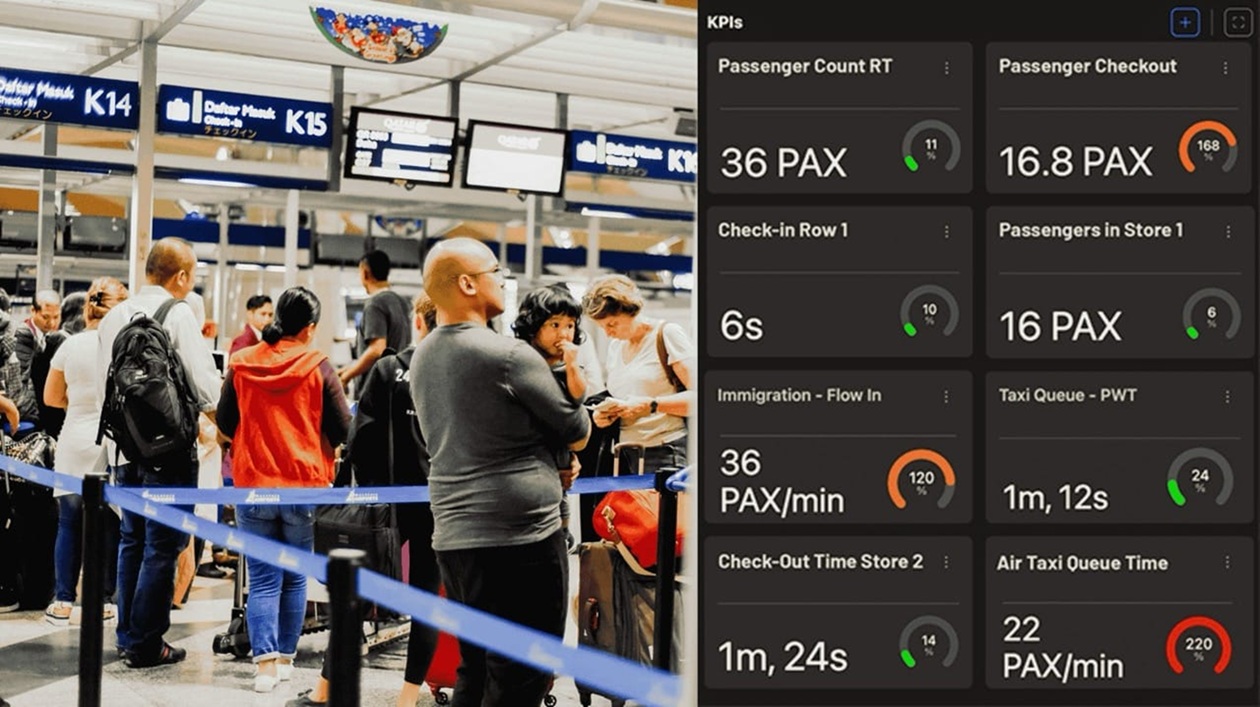
Photo: SD_Happiness_Meter_V.2
How smart cities can make you happier
28 November 2018
Smart city technologies have recently became an indispensable element in the latest modern city-planning designs and strategies, mainly because these technologies offer solutions to every dimension of today’s city life, particularly for people; the residents of the city. Only a few years ago, technology-based development plans pursued a top-down approach, where residents and their needs were not regarded as an immediate priority in how technology can create smart cities. However, today many smart cities across the globe stipulate people’s happiness in their development strategies, to the point where the goal of being a happy city is imperative to being smart.
When thinking of the term happiness, one can find several concurrent meanings. For many, happiness is correlated with being healthy, financially well off, and connected to family and friends. In addition, happiness also depends on daily variables ranging from stress-free mobility to trust in governance, as well as accessibility to a clean environment and general easy safe living.
A smart city is a promising approach to improve people’s wellbeing through making every dimension of their lives function seamlessly and efficiently; healthcare, the environment, mobility, infrastructure, connectivity, education, governance and living. Innovators and smart city leaders around the world have acknowledged the residents’ needs and placed data-driven technologies to maximise their happiness and wellbeing. For example, Smart Dubai has developed the Happiness Meter as a scientific and systematic approach to measure residents’ happiness; it captures customer happiness levels at various smart city dimensions which integrates seamlessly into the experience flow of residents and visitors while creating meaningful data towards the goal of “making Dubai the happiest city on earth” by 2021. So far, more than 20 million users voted through the Happiness Meters. Dr.Ali Al-Azzawi, City Experience Advisor at Smart Dubai explains that analysing the data enables city managers “to make objective comparisons, and therefore prioritise amongst proposed projects within the city. In this way, they would have a data-driven tool to maximise happiness and wellbeing in the city, in the context of smart city key performance indicators“.
Another model of data-driven solutions is embodied in San Francisco’s open data initiative. It supports smart-city projects, such as the Environmental Justice programme aiming to reduce gas emission, improve public transport services, and create safe and affordable housing in underserved neighbourhoods. Data-driven technologies are ever so important to gather, analyse and track residents’ expectations and happiness, which in turn is becoming a more accurate measurement of a successful smart city.

Happy Citizens envisioned by urban innovators Boyd Cohen and Rob Adams represents an approach to rethink the city concept. Cohen and Adam are certain that smart cities should be designed with people’s happiness at the forefront of every project. Cohen believes that “what people really want is things like nature, clean air, and social connections. Nobody is longing for just a tech city“.
One of the biggest and most tangible factors in measuring city happiness, is how much time residents have to spend in traffic jams while commuting to work or places of interests. A recent study in England shows that an additional 20 minutes of commuting per day has the same negative effect on job satisfaction as receiving a 19 percent pay cut. Autonomous vehicles via a sharing-economy platform promise to solve this problem in the future; the data provided by the vehicles could make traffic jams a thing of the past, resulting in a more efficient urban transport, fewer vehicles, cleaner air, fewer car parks, and more green areas, all of which making people happy and satisfied in the city.
It is no coincidence that top-ranked countries on the World Happiness Report 2018 place high values in dimensions considered keystones in happy smart city, such as income, life expectancy, clean environment, infrastructure, mobility, environment and governance transparency.

The Internet of Things (IoT) has enabled smart technologies to create boundless smart possibilities for city citizens to lead convenient and safer lives.
The continuous migration of people into cities make smart cities an increasingly attractive solution, but it also poses a sustainability challenge for city managers, where people-centric planning becomes vital in every project.









